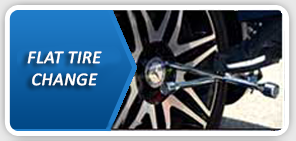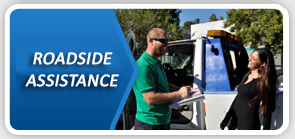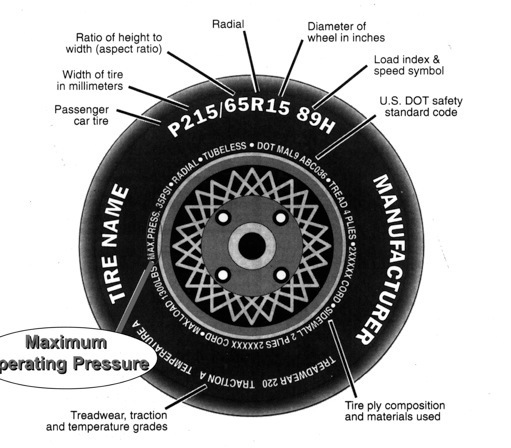Tire Sizes Guide
People should know what size of tire is correct for their vehicle. However, many don’t. Drivers need to know the tire width, aspect ratio, and wheel diameter. The information in the tire sizes guide immediately below can help people identify the right tire size for their vehicle.
One of the first things you should do is check out the information on your vehicle’s existing tires. There should be a tire size branded on the tire sidewall. This information can tell you about the tire’s purpose, dimensions, load capacity, and its durability in terms of temperature and speed. This information is indicated through a series of letters and numbers.
For instance, passenger vehicles almost always will have a tire that has a series of letters and numbers, which starts with the letter “P.” This, of course, stands for a “P-metric size” and is intended for a “passenger vehicle.” These can be cars, sports utility vehicles, minivans, etc. These types of vehicles normally have a quarter to a half-ton load capacity. These are the most common types of tires in use today.
However, in a tire sizes guide for regular purposes, the information you really need to know is the following:
- Tire Width
- Tire Aspect Ratio
- Wheel Diameter
The width of your tire depends on the purpose and conditions you expect your car to be driving in. For example, narrow tires are better for winter weather, and wider tires allow for great traction on the road. (Think about how wide a race car’s tires are. They need lots of traction on the raceway.) The rule of thumb for regular drivers though is to go with the tire size that is recommended by your vehicle’s manufacturer. You can identify the width of your car’s tires by three digits which normally follow after the initial letter or letters. For example: “P224.”
You also need to know your tire’s aspect ratio. This lets you know how high the tire’s sidewall is. Sports cars may have a low, stiff sidewall, whereas luxury vehicles may have a high one. The aspect ratio can be identified by two numbers which follow after the width numbers. For example: “P224/55.”
Finally, you need to know what your wheel’s diameter happens to be. This is the easiest. Your tire must have the same number of inches as your wheel. For example, if your wheels are 16 inches, then your tires will be too.You can recognize the wheel diameter by the two digits following the aspect ratio numbers. Sometimes, they will have an “R” preceding them that stand for “Rim” as in, “Rim diameter.” The whole information string branded on your tire may look something like this: “P224/55R16.”
You will need to let the person changing your tire know this information.
















